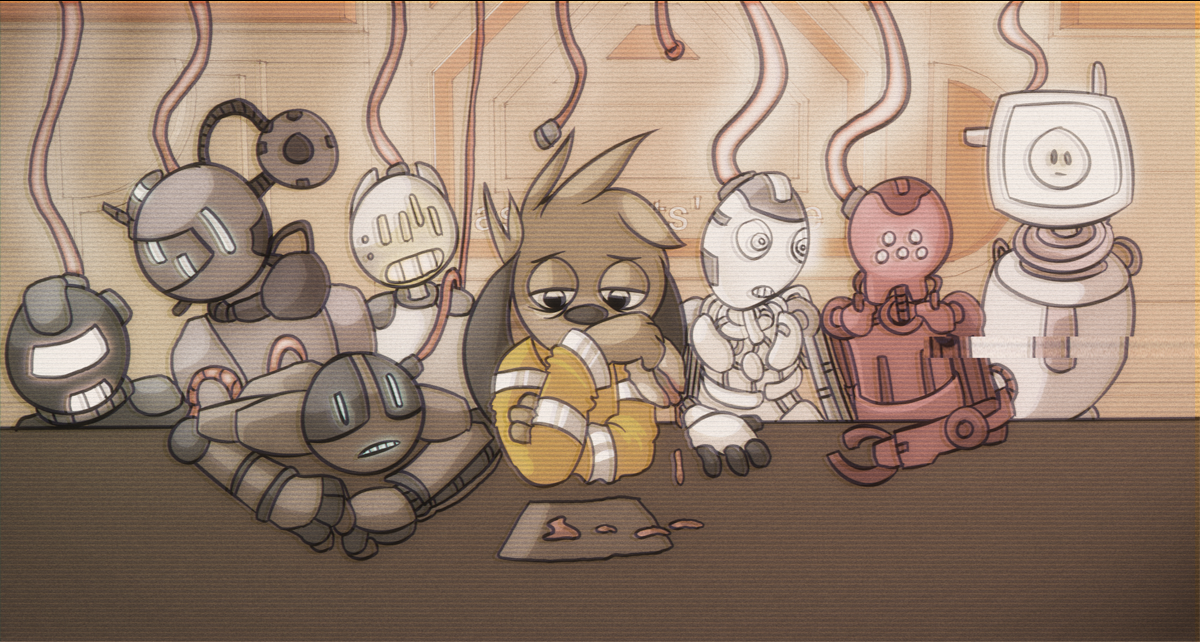The more-frequented deep space rest stops, and especially those run by the larger chains, have food courts. In a manner not unlike those seen in the 20th and 21st centuries, trashy franchised food stands sell salty, fatty, calorie-dense slabs of ground, unidentifiable mixed proteins–fried, glazed with chemically-spiked petrochemical dressings, and wrapped in indistinct expanded carbohydrate rusks.
A musty haze of grease hangs in the hot, overly-recycled air, and settles in a yellowish film on plastic bench tables glued to the slippery floor. You might be squashed between two other patrons, one of whom is vaping psychedelic drugs furiously while the other seems to size up his chances of snatching your food from you and gulping it down. Impatient cleaning robots try to get you out of the door while you’re still chewing to make room for the next customer.
It’s sweaty. It’s disgusting. But it’s food, kind of, and it’s a place to eat that makes a change from having to hide in one of the few awkward, uncomfortable corners of your own ship where (you think) your overbearing, fussy ship’s computer won’t be able to get a real-time lock on your vascometrics and discover that you’re eating macronutrient groups that are in variance with your mandated nutritional profile.
Even this meagre luxury is unavailable sometimes. Not all rest stops have any kind of seating area, so if you want to eat a Bugrito or an Algae Burger without taking it back into your ship’s computer’s vascometrics range, then you have to find somewhere else to perch. Often, that means squeezing yourself into the Assistants’ Suite—a little closet most rest stops have where Assistant Robots are left to charge, to upgrade their software, or to be diagnosed for any number of dangerous faults.
